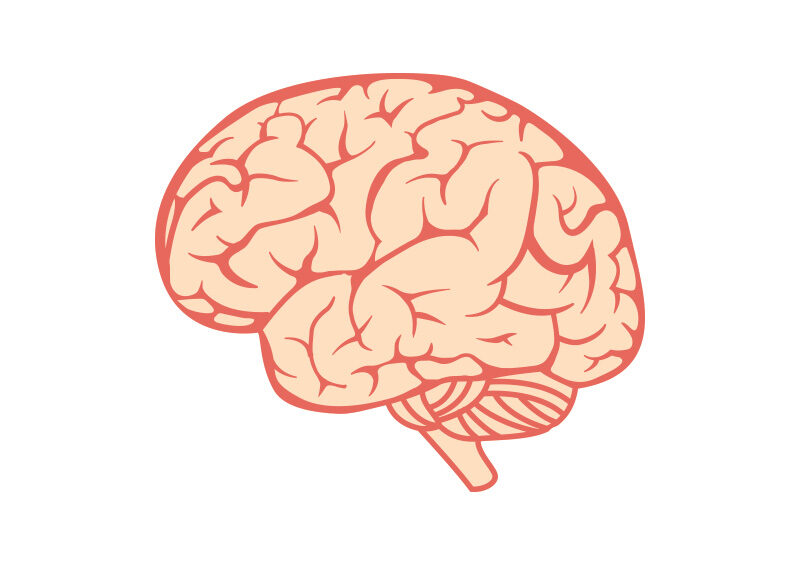In his new BBC series Secrets of the Brain, physicist and science communicator Jim Al-Khalili embarks on an expansive exploration of how the brain has evolved over 600 million years to shape what it means to be human. He traces the lineage from simple nerve cells in ancient organisms to the modern human brain, emphasizing both continuity and uniqueness in its development.
Al-Khalili interviews scientists, examines fossils, and studies living species to highlight key evolutionary milestones—such as the Cambrian explosion and mass extinctions—that drove brain adaptations. He investigates traits like language, social cognition, and consciousness, questioning what actually distinguishes our minds from those of other animals.
Although human brains share core electrical and chemical signaling mechanisms with other species, the human advantage lies in complexity: more sophisticated structure and interconnectivity. Al-Khalili delves into debates around how much language, self-awareness, and social interaction define us, noting that many so-called “human only” traits also appear, in simpler forms, in other primates.
One counterintuitive insight from the series is that syntax—or the capacity to order elements meaningfully—may have arisen before full language. Thus, language may have built upon more fundamental neural capabilities. Al-Khalili also explores the “social brain hypothesis”: the idea that intensified social demands drove an increase in brain capacity.
But he cautions that none of these traits—language, metacognition, complex social behavior—alone fully separate us from other species. Instead, it’s the cumulative interplay of all these features over evolutionary time that likely tipped the scales.
In the closing episodes, Al-Khalili reflects on modern challenges like climate change and the rise of artificial intelligence. He suggests that while machines may mimic certain brain functions, they lack the deep evolutionary journey, consciousness, and moral awareness that humans possess. We are not merely biologically advanced machines, he argues—but beings shaped by millions of years of adaptation, empathy, and complexity.










